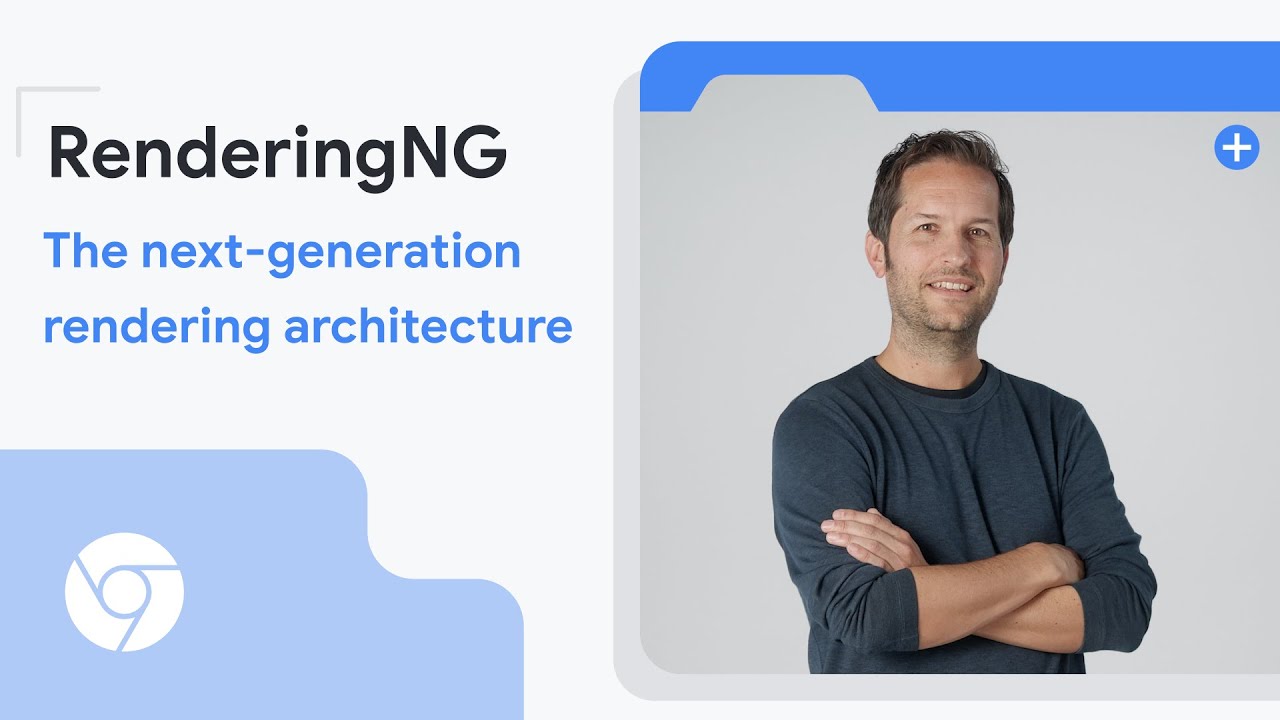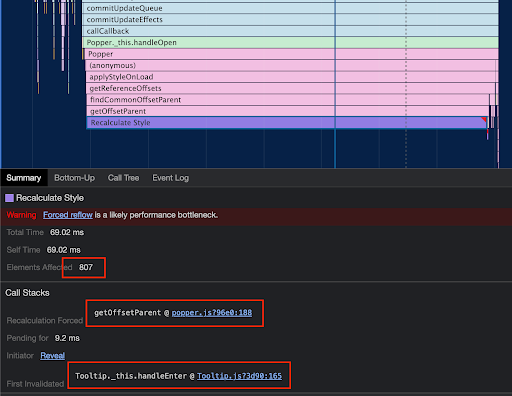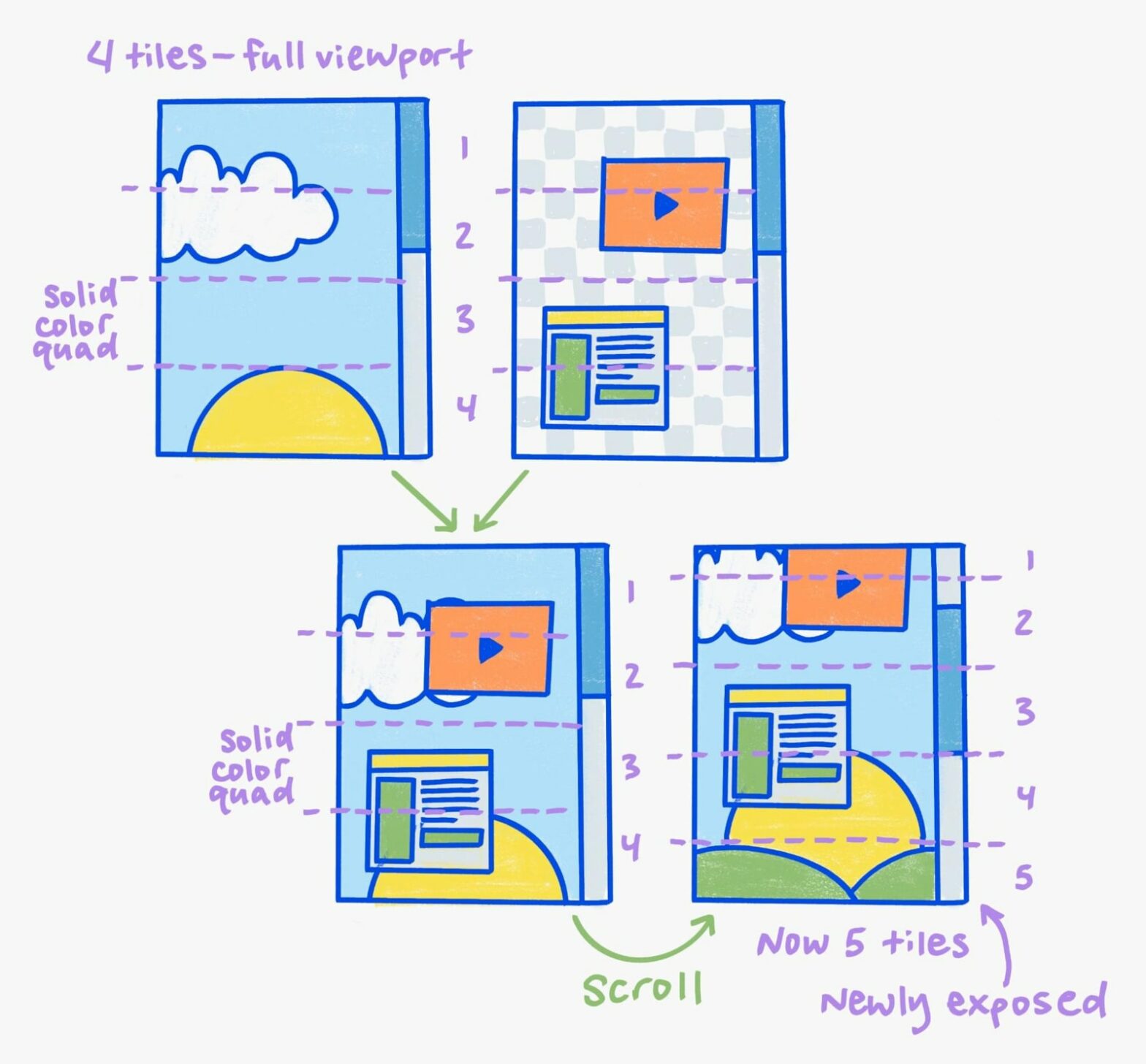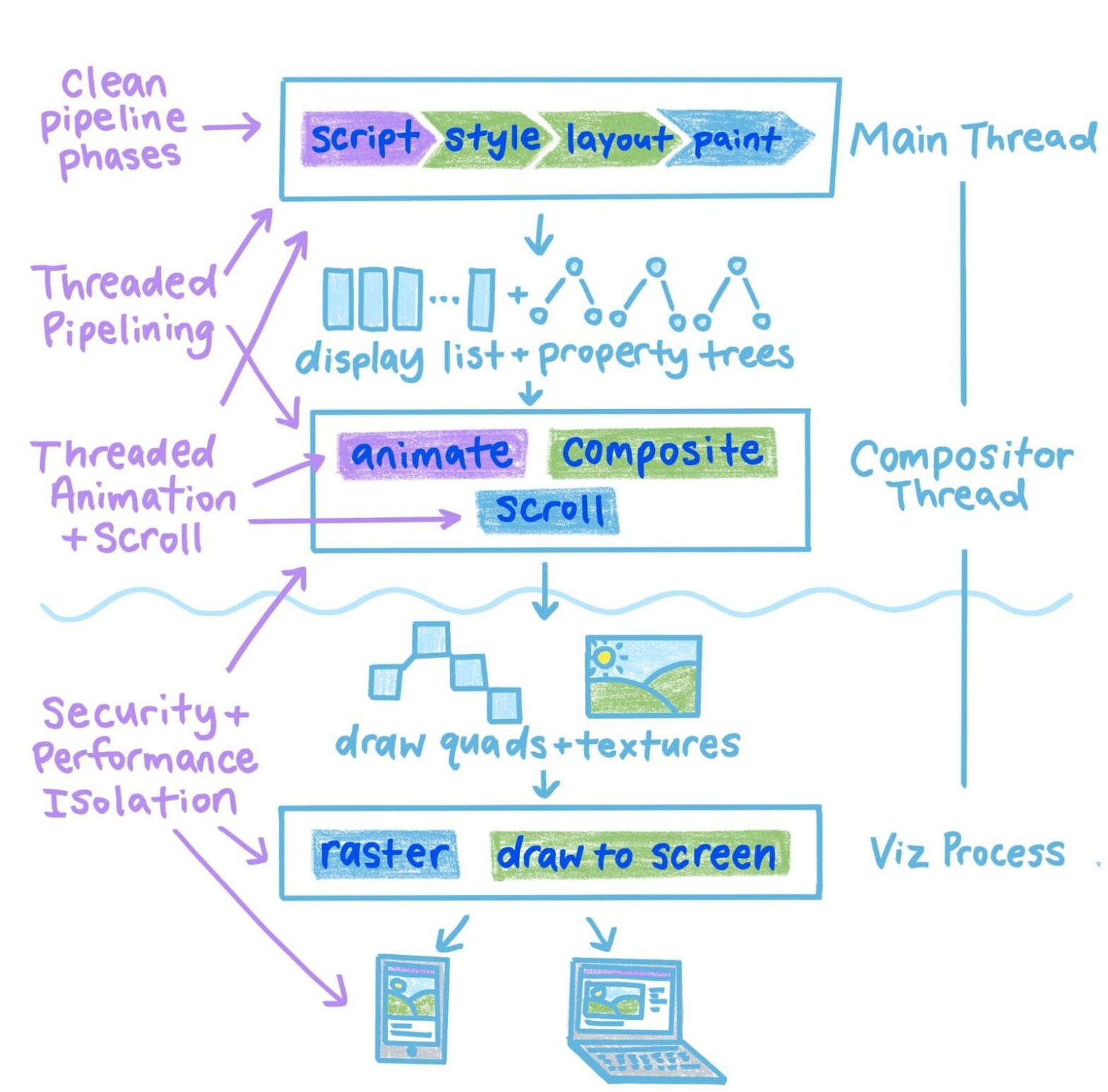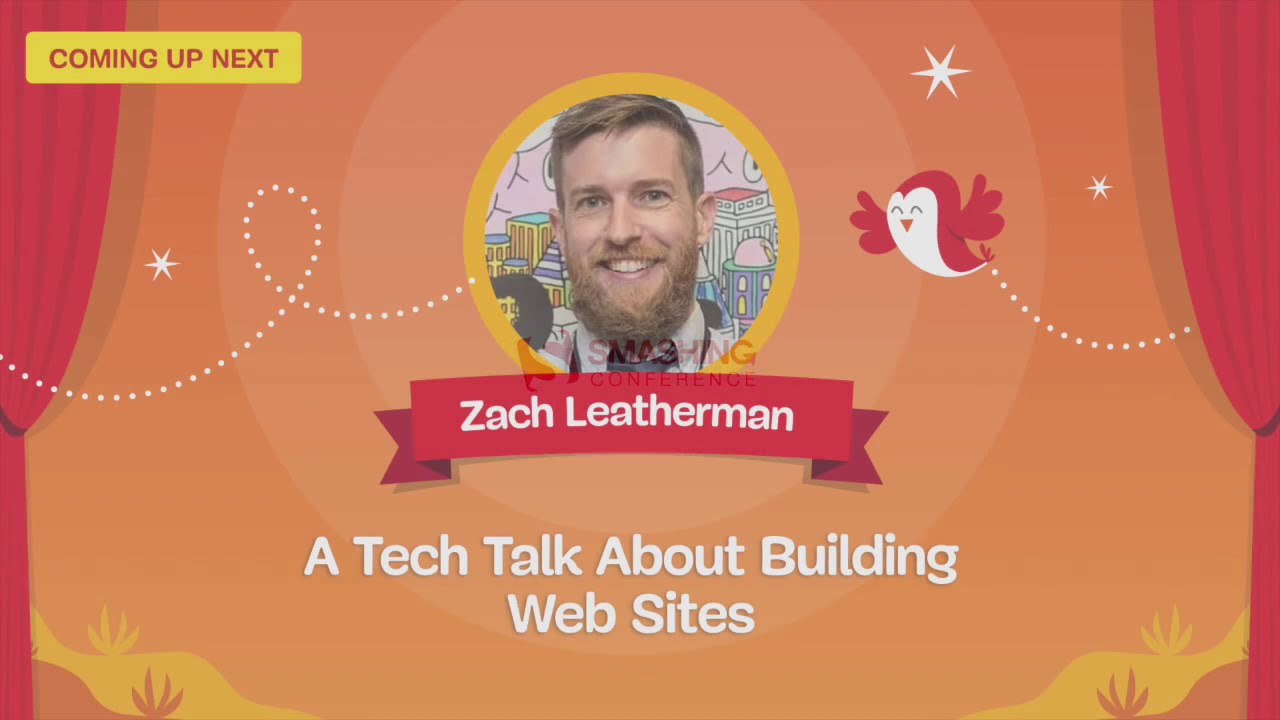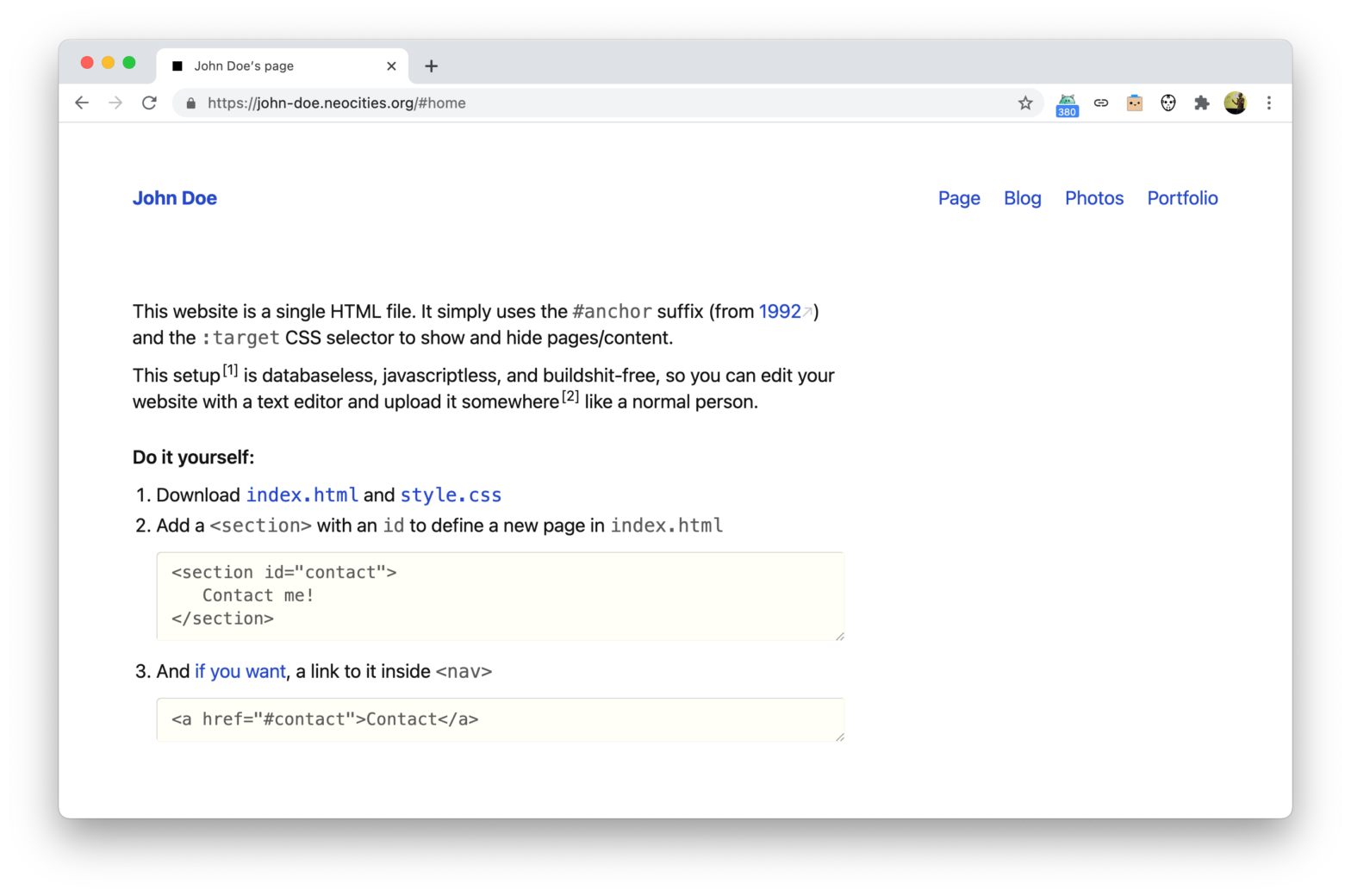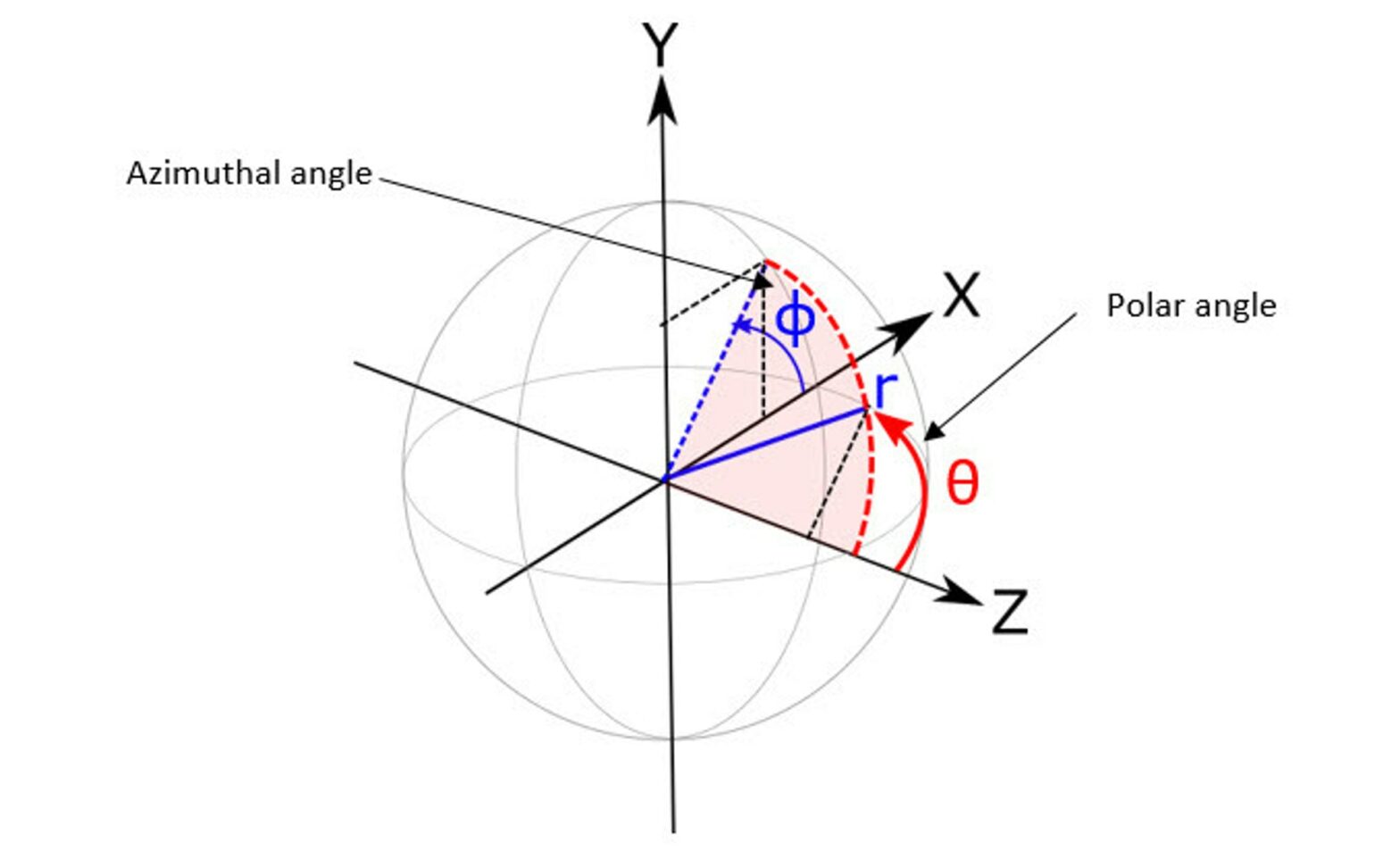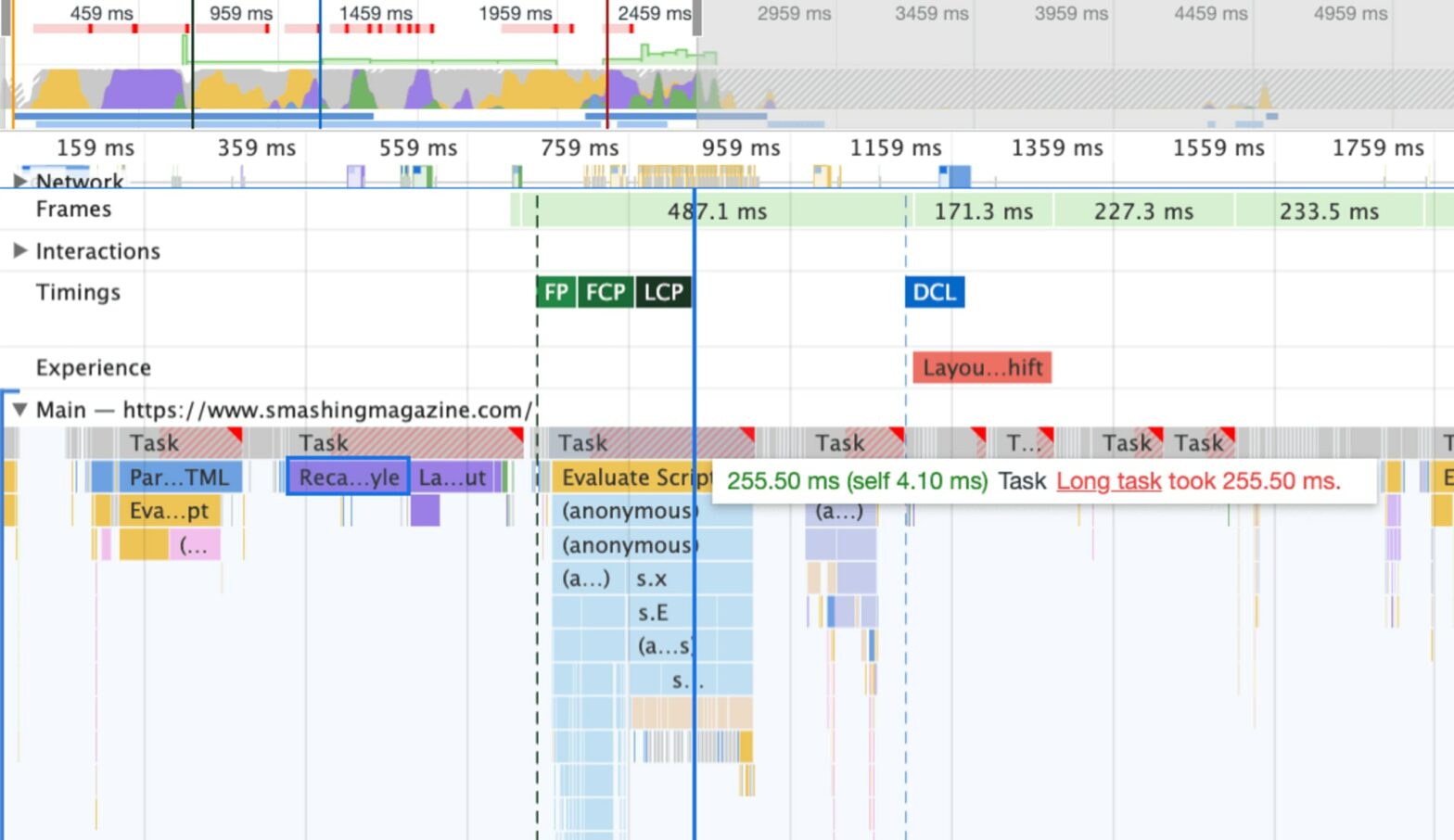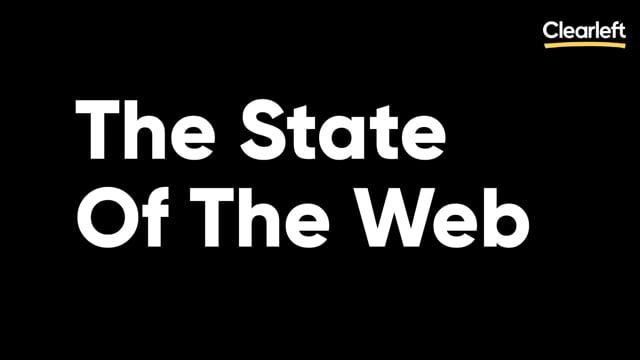
In April 2021, Jeremy Keith gave the opening presentation at An Event Apart Spring Summit 2021. In true Jeremy-style this talk starts off with space and the early days of the web, to eventually bring us to the present day. Watch this talk (or read the transcript). And then watch it again. It’s packed with …

